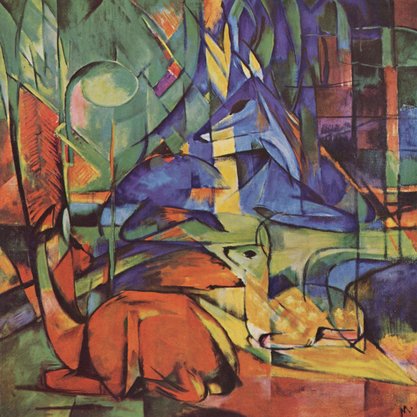Article
Palucca, Gret (1902–1993) By Giersdorf, Jens Richard
Article
Gret Palucca took a distinctive improvisational and pedagogical approach to German modern dance in a career spanning four different political systems in Germany. After studying and performing with Mary Wigman, Palucca founded her first school in Dresden during the years of the Weimar Republic. Personifying the androgynous and career-oriented New Woman of that era with her slight, boyish frame, bobbed hair, energetic leaps, and thriving solo career, she and her dancing became the subject for many artists affiliated with the Bauhaus schools in Weimar and Dessau, among them Wassily Kandinsky, Paul Klee, László Moholy-Nagy, and Marianne Brandt.


.jpg)

